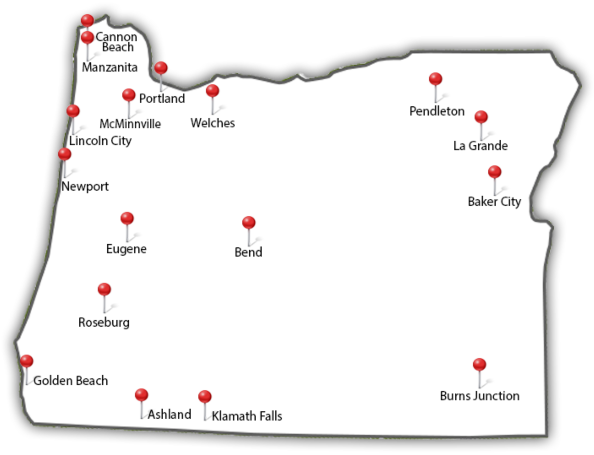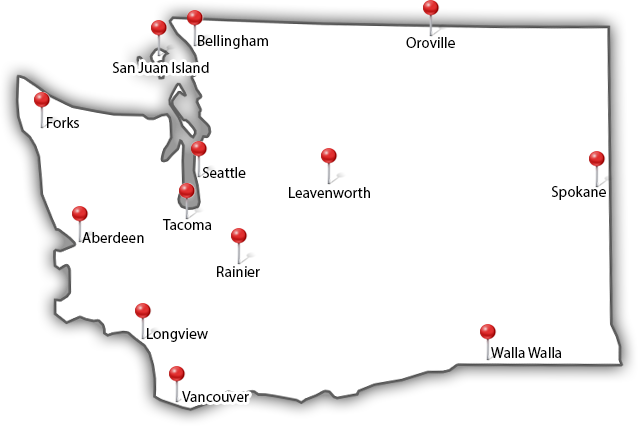Tree and Landscape Pests of the Pacific Northwest
Bugs play a very important role in the health of your trees and garden.
Pollinators, like bees and butterflies, allow the plants around your home to flower and produce fruit. Ground beetles eat vegetable munching slugs and snails in your garden. Spiders help reduce the population of disease spreading mosquitoes and flies.
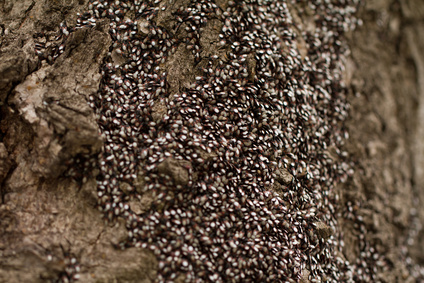 While bugs can be beneficial to our fruit trees and gardens, there are also many critters that can cause extensive damage and death to your plants.
While bugs can be beneficial to our fruit trees and gardens, there are also many critters that can cause extensive damage and death to your plants.
This article will educate you about several common plant pests of the Pacific Northwest. We will help you identify some of the symptoms of harmful infestations. Reviewing the steps you can take to defend your garden and landscape from pest damage.
Aphids
Aphids are one of the most common plant pests. They suck the sap from trees and plants causing the leaves to curl and die. Aphids also release excess sap from their bodies often causing plants to mold.
These frequent bugs come in several different colors and can affect any plant from roses to hardwood trees. Their bodies are usually 1/10th of an inch long and are easy to spot on the leaves and stem of your plants. Aphids have a short reproductive period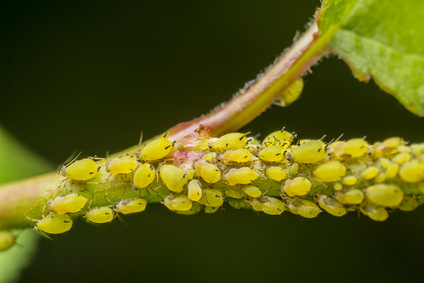 (10-14 days) and a population can explode in no time.
(10-14 days) and a population can explode in no time.
But how can you hope to control an Aphid outburst in your yard?
Treatment – A small infestation can be wiped away with a cloth or blasted off with a garden hose. Sprays made of household soap and water or garlic oil can help prevent aphid growth as well. Avoid insecticides that can kill helpful bugs in your garden.
Spider Mites
Spider Mites are tiny mites that feed on the leaves of many different plants. With eight legs and miniature bodies, they pierce the protective surface of leaves and create tiny holes. The plant then loses water through the open holes causing the leaves to dry out and die.
These bugs are so tiny that the best way to detect them is by holding a piece of white paper under the suspected infestation. After gently tapping on the leaf or branch you will be able to see tiny black flecks that are moving on the paper.
Spider Mites can infest indoor and outdoor plants of all kinds. In the Northwest, Spruce Spider Mites are can be found on many of our common conifer trees like Doug-fir, pine and spruce. Also infesting arborvitae and other common ornamental shrubs.
Treatment – Similar to Aphids spider mites can be hosed off of plants and sprayed with a soapy water mix. Spruce Spider Mites require an addition application of ‘horticultural oil’ to kill eggs surviving through the winter.
Insect Borers
Common insect borers include the Asian Longhorned Beetle and the Bronze Birch Borer. This type of large bug tunnels into the trunk and branches of plants and trees. Often attacking hardwood trees such as maples, ash, and elm. The bugs then lay eggs in their tunnels effectively blocking off water and nutrient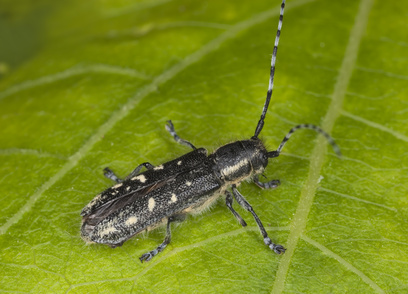 s from traveling through the tree.
s from traveling through the tree.
An infestation can be identified by large holes in and sawdust at the base of your tree. Yet, often times it can be too late to save a tree once it is infested.
Treatment – Insecticides can kill insect borers but are not always very effective. The best way to avoid an infestation is to keep your plants and trees healthy.
Insect borers and many other pests are attracted to dead and dying wood. If you prune, water, and fertilize your trees, they can naturally fight against insect borer infestation. Make sure to remove any fallen branches and dead wood around your trees that might also attract these pests to your healthy plants.
Preventing Insect Infection
There are many different harmful bugs that can infest your trees and garden. But the key to preventing general insect infestation is keeping your plants healthy. A healthy garden harbors a diverse population of beneficial bugs. Many of which eat and destroy the common insect pests we discussed in this post.
 Keeping your plants watered, fertilized, pruned, and mulched can help maintain your yards natural defenses against invading insects.
Keeping your plants watered, fertilized, pruned, and mulched can help maintain your yards natural defenses against invading insects.
But, If you find an infestation in your yard that is out of your control, don’t hesitate to call a professional. The experts at Northwest Arbor Culture Inc. are not only arborists, but master gardeners, as well. We know how to control any infestation and can help you salvage your plants and trees. Before it’s too late.
Have you ever had a insect infestation in your yard? Let us know the methods you used and the challenges you experienced in the comments section.
blog comments powered by Disqus






